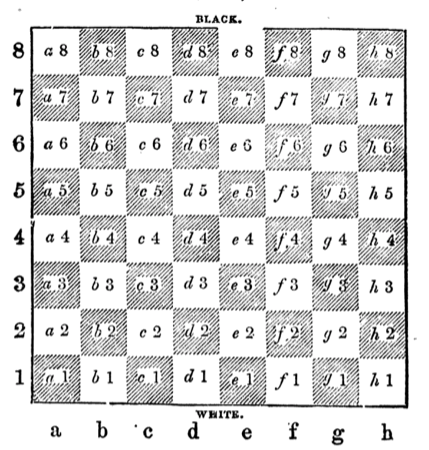Deflection is a Chess tactic that forces an opposing piece to leave the square it occupies. It is then deflected away from defending a piece or an important square. It is a powerful tactic as it often comes as a surprise ! Indeed, some pieces or squares that look protected are often one deflection away from being vulnerable !
White has successfully deflected the black King and has the upper hand.
Chess tactics: Deflections to win material
This kind of deflections is typically used in the middlegame or in the late opening. The point is that you want to capture a piece that is protected by another piece. How do you do it ? Easy (in theory) ! You lure the protecting piece away and you capture the now-unprotected piece.
The goal of deflection is not always to capture material. Sometimes, when an important square is protected by an opponent’s piece, your best move is to deflect this piece from the control of the square you are looking at. Here is a famous example.
Chess tactics: Deflection in the Endgame
There is another common type of deflection: when you have the upper hand in the endgame and your opponent is barely holding everything together. Then, a deflection might be just what you need to force his King (it is often his King) away and give you full control of the rest of the chessboard.
By keeping the opposition in the endgame, the opponent’s King locks the Kingside and does not let you in. Yet this position is winning (and easily !). So how to handle it ? Hint: because of the rule of the square, the black King has to remain close of your a-pawn.
So in some endgames, deflection is really the mainstream way of progressing with a given position.
Conclusion
Deflection and Attraction are two sides of the same coin. It is about attracting an enemy piece away from an desirable square, to a square you want him to occupy. So, even if you may see them in separate chapters in some books, I consider that it comes down to the same concept really.
As for other tactical patterns, the deflection is often combined with other patterns: so don’t be surprised to see it together with a fork, a skewer or a discovered attack. All sorts of double attacks and Chess pins can also be seen together !



